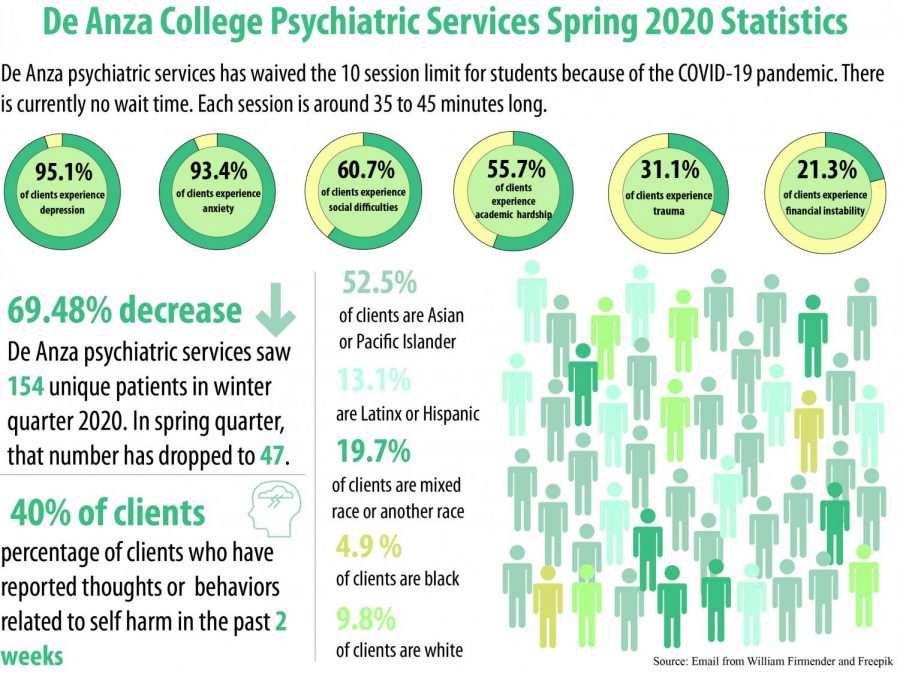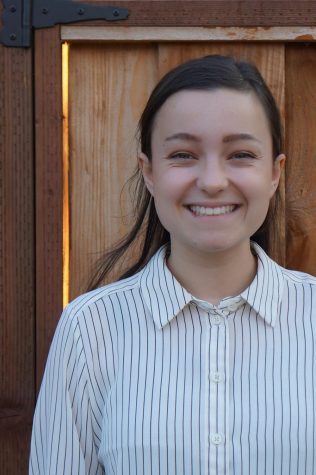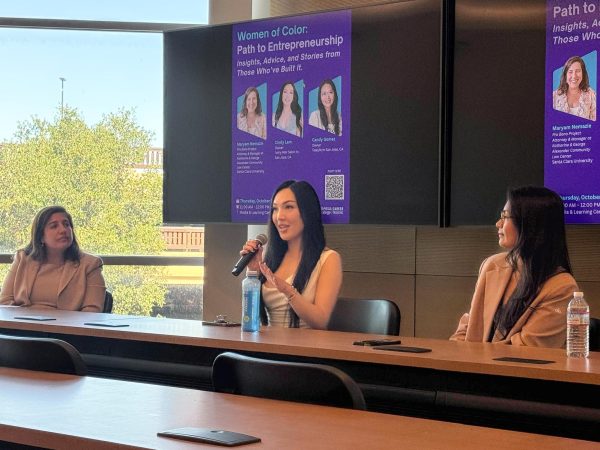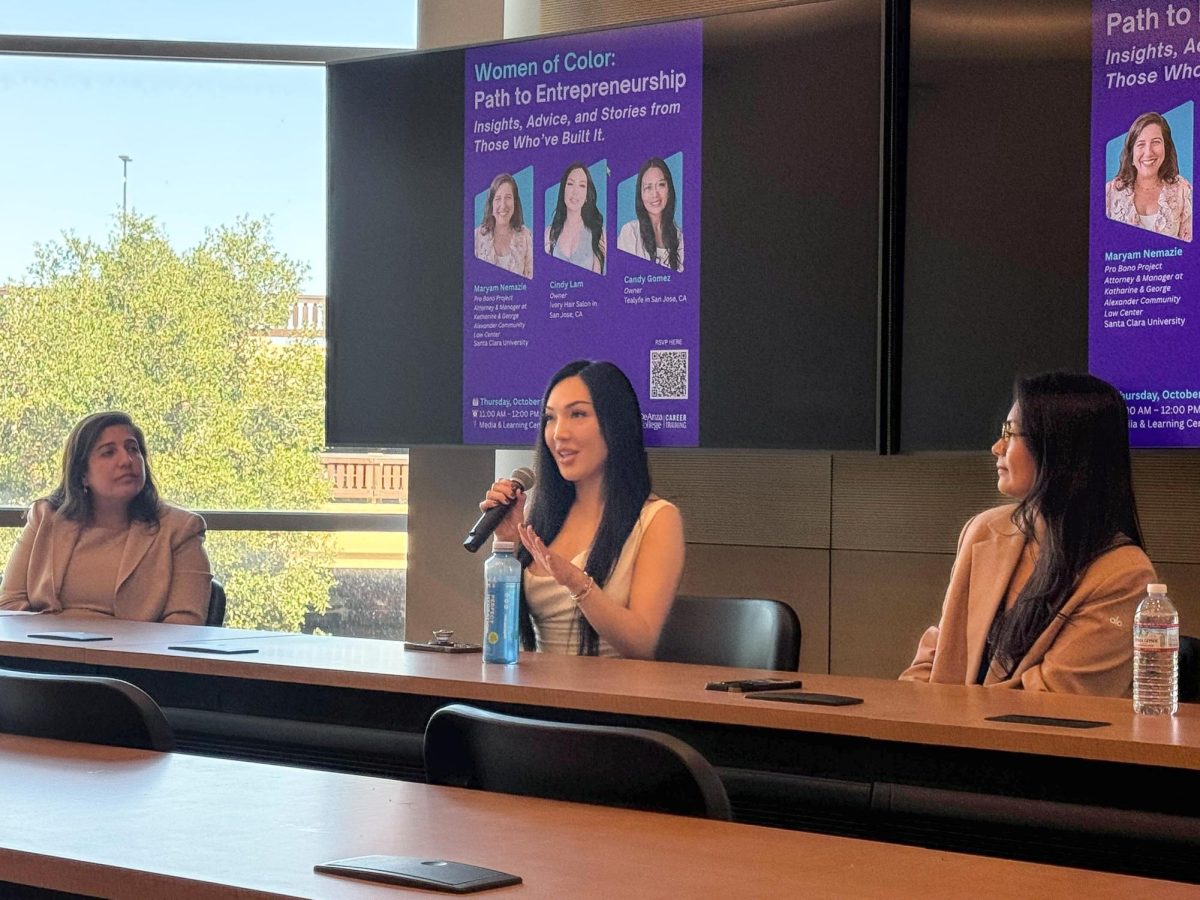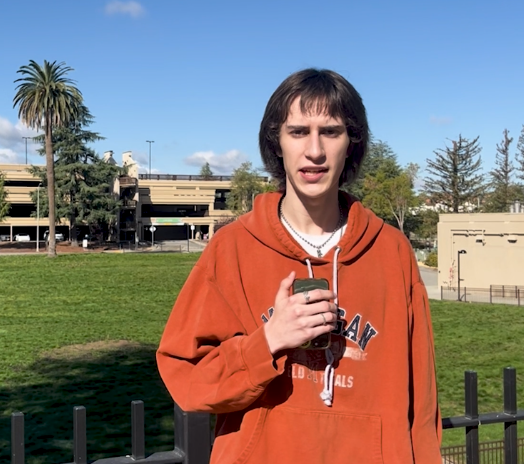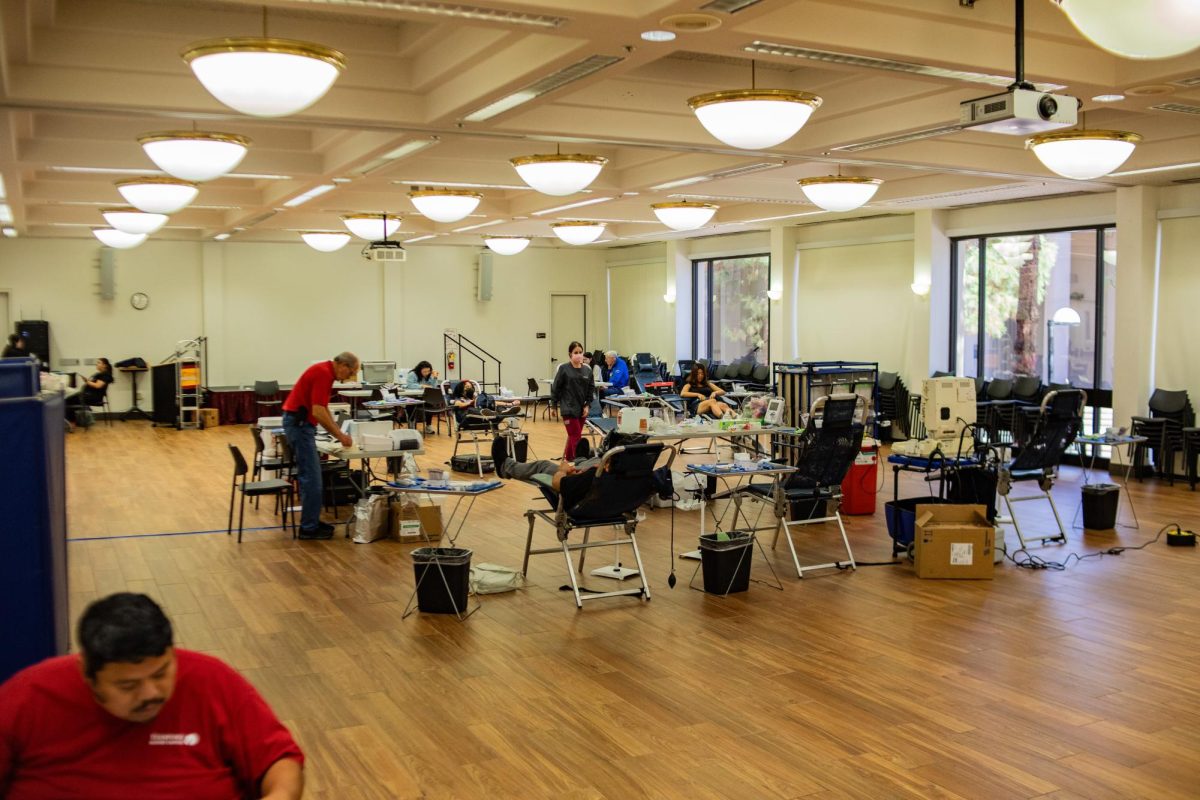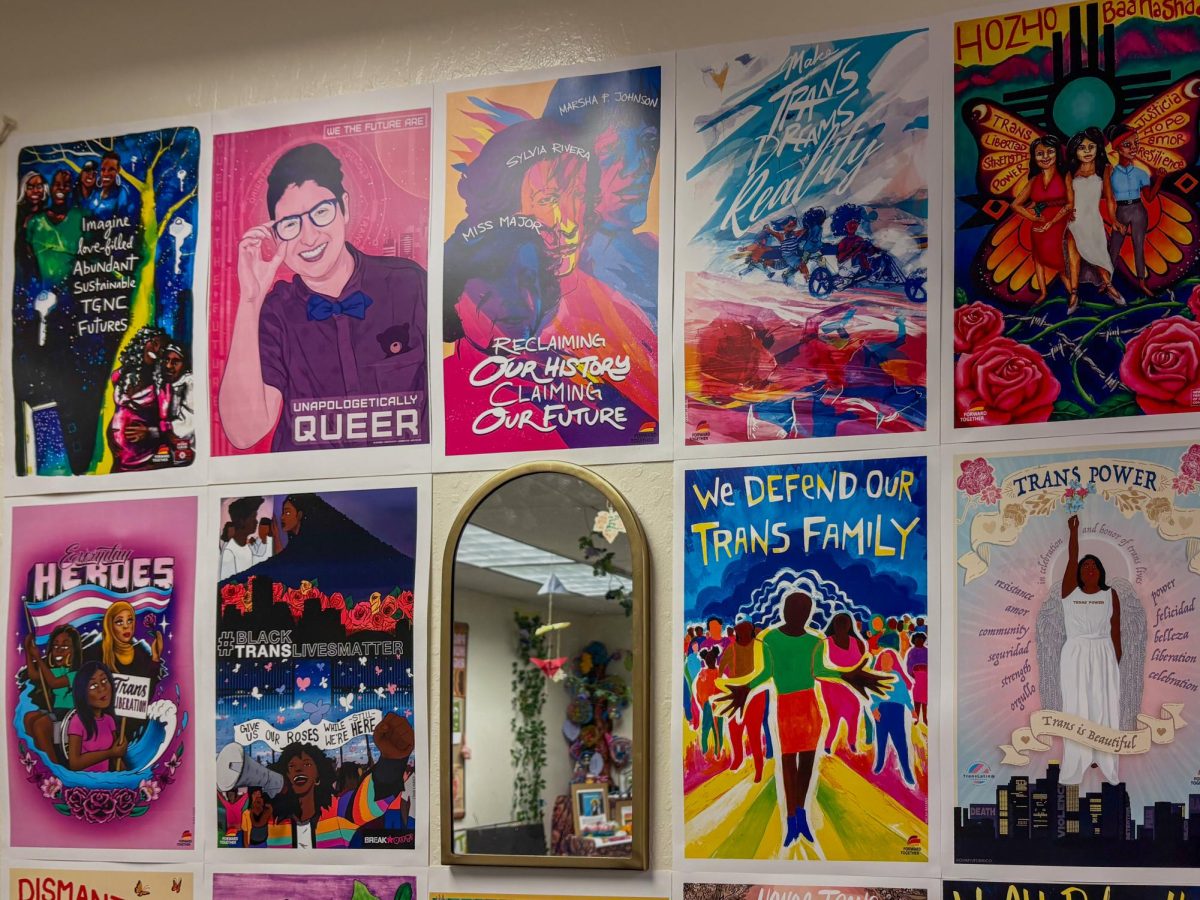My experience navigating De Anza’s free mental health care
May 29, 2020
Some of my first memories of anxiety as a kid were trying to fall asleep at night and worrying that my aging grandparents were going to die that night and I could do nothing about it.
I would lay in my full size bed surrounded by Disney princess stickers and pastel pink walls, wide awake, worried I was being pulled toward the darkness under the bed. Within that darkness, under the glow in the dark stars pasted to my ceiling, I knew with seeming absolute certainty that my family was dying and I was trapped in blackness, helpless.
As I grew older, I blurted out how I was struggling to my mom, almost as if that darkness that I harbored was scratching to get out. She then supported me in getting help.
Therapy has been a mixed bag, but eventually resulted in a diagnosis of social anxiety disorder, general anxiety disorder, panic disorder, with a few depressive episodes. I am also on an antidepressant that aids both my anxiety and depression.
More recently, I made the decision to seek talk therapy again, this time through De Anza College’s psychiatric services.
I filled out three forms; a form agreeing to services, a demographic form and a form about their current mental health.
As I made the appointment, I was skeptical of the counselors available. I had been through therapy before, and lacked confidence in how credible college counselors’ services could be.
It didn’t help that my first therapist I had seen was a blur of beige walls, stylized hair and fake smiles.
When the day of my appointment arrived, I was sweaty, heart beating, fingers fidgeting.
My counselor opened the call with a warm smile, and informed me of the ground rules.
She said that she could not guarantee full confidentiality, because she was attending the session from her home in ordinance with the COVID-19 shelter-in-place order. However, she assured me that she would maintain as much confidentiality as she could.
She also informed me that she is mandated to report elder and child abuse, as well as if I was harming myself or others.
She then changed gears and asked me what goals I wanted to set for the appointments, to ensure that I would gain the most out of my time with her.
I told her that I wanted to hone in on settling my anxiety more because I had experienced an uptick as a result of the pandemic.
I also delved into my past history so she would have a greater understanding of my personal journey.
The second therapist I saw in my past was much more soothing, but almost treated my struggles as though I were a child. Her office was scattered with splashes of color, kinetic sand slipping through my fingers and bursts of Febreeze.
The De Anza counselor listened to me patiently and commended me for opening up within the first session about my own experience with mental illness.
As I was talking with her, we found ourselves at a natural lull in the conversation. This made me uncomfortable, which I told her. She then explained that we were engaging in talk therapy, where I talked and she listened.
She moved to what she referred to as directive therapy, where she told me what to do rather than a normal conversation.
As the appointment continued, she had me try a coping mechanism for anxiety, called a body scan.
She told me to sit comfortably, close my eyes and breath on her count: in for three, hold for two, out for three.
She guided me to focus on the place in my body that held the most tension, and to pull it out and form it into a ball of energy that I could feel with my hands.
I was then instructed to take that ball of tension and see it as a ball of light and warmth flowed and ebbed throughout me, used to create my strength and personal power.
Brightness expelled into my body and I felt warmth spread all the way down to my toes. This body scan, paralleled to other body scans I had done with my previous therapists, felt like my heart was pulsing in my lap, vulnerable and open.
My previous body scans focused on weighing my body down, which felt like I was sinking into a dark disconnect between my body and mind.
The exercise ended, and I came back to the session, where she asked me how I felt.
I illustrated to her my feeling of being compressed in a snake-like vise, yet also being pulled apart like taffy.
She said she had noticed this and I was shocked. I had no idea that this was visible to others and that the feeling was not uncommon. None of my other therapists had led me to this realization.
She described to me that feeling was the vulnerability I felt at losing control of my body. This realization crept over me, and it felt like I was being given answers to indescribable feelings that I had never had before. It was elation.
Our session came to a close as we confirmed the next appointment a little over time; I was given homework to practice body scanning whenever I felt anxious for the next week.
My mental health journey may not be over, and that blackness may lurk, but these sessions with my counselor will undoubtedly help to abate my nagging fears as I explore maintaining light in the blackness.



